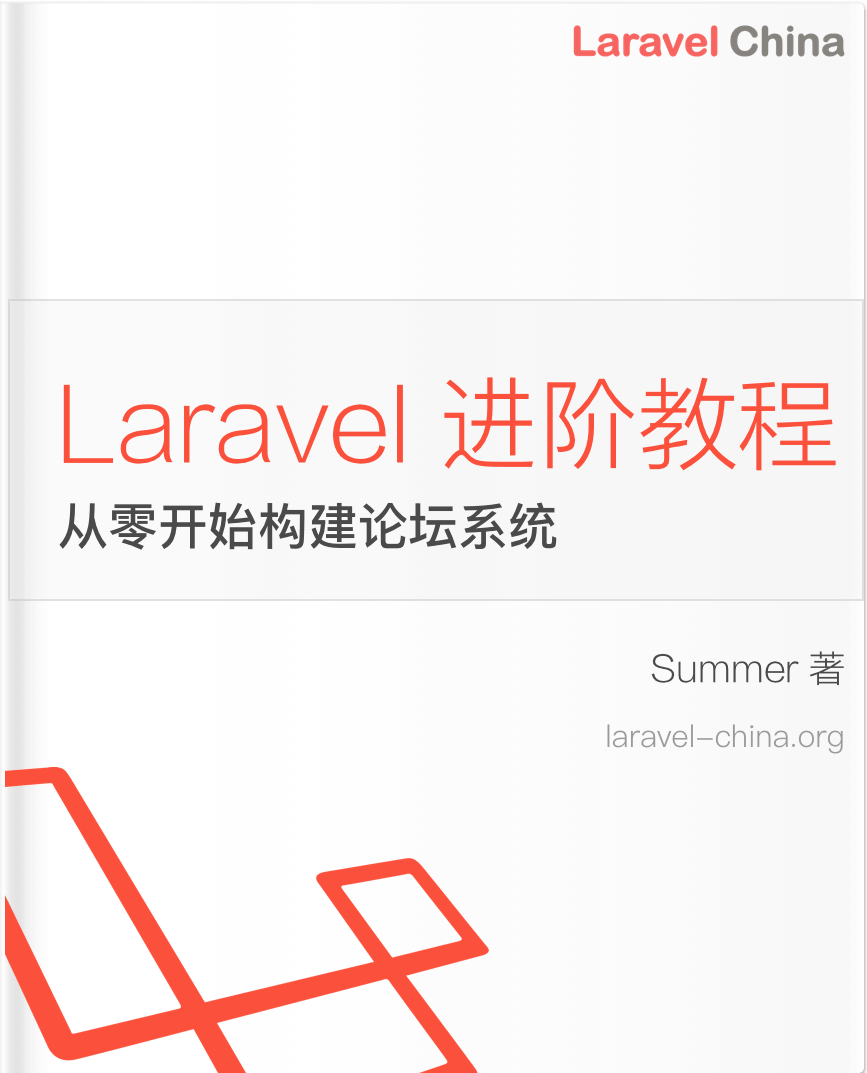边缘缓存模式 Cache Aside Pattern
描述
从存储器中需要的数据加载到缓存。背景和问题
应用程序使用缓存能优化重复访问存储器数据的问题。但是缓存和存储器的数据可能不一致。解决方案
读缓存
先读cache,再读db。
1. 如果cache里有数据,直接返回数据。
2. 如果cache里没有数据,那么访问db,并且把数据写到缓存中。
更新缓存
双删缓存策略,最大限度保障数据的一致性。
1. 删除cache。
2. 更新 db。
3. 再删除 cache。注意事项
1. 缓存的生命周期(有效期TTL)。
2. 缓存淘汰策略。一般采用最近最少使用的策略,但是淘汰缓存是很耗资源的,最好的淘汰策略就是不用启动缓存淘汰机制。
3. 预分配缓存策略。
4. 缓存和储存器数据之间的一致性策略。
5. 使用共享缓存或者分布式缓存而不是本地缓存。何时使用
需要统一管理缓存时。可用到的设计模式思维
缓存可以有很多选择,例如:redis,memcache,
数据的存储也是,例如:mysql,mongo,甚至是文件。
这里是典型的桥接模式。结构中包含的角色
1. Cache 抽象缓存接口
2. Storage 抽象仓库接口
3. RedisCache 具体缓存类
4. MysqlStorage 具体仓库类
5. CacheAsideManager 边缘缓存管理者最小可表达代码 - 桥接模式实现
interface Cache
{
public function get($key);
public function set($key, $value, $tll = null);
public function del($key);
}
interface Storage
{
public function get($id);
public function update($id, $value);
}
class RedisCache implements Cache
{
private $data = []; // 没别的意思,模拟效果而已
public function get($key)
{
return $this->data[$key] ?? null;
}
public function set($key, $value, $tll = null)
{
$this->data[$key] = $value;
}
public function del($key)
{
unset($this->data[$key]);
}
}
class MysqlStorage implements Storage
{
private $data = [
['name' => '张三'],
];
public function get($id)
{
return $this->data[$id] ?? null;
}
public function update($id, $value)
{
$this->data[$id] = $value;
}
}
class CacheAsideManager
{
private $cache;
private $storage;
private const TTL = 3600;
private const CACHE_KEY_TEMPLATE = 'test:{key}';
public function __construct(Cache $cache, Storage $storage)
{
$this->cache = $cache;
$this->storage = $storage;
}
public function get($id)
{
$key = $this->getCacheKey($id);
$data = $this->cache->get($key);
if ($data) {
var_dump('获取缓存');
return $data;
}
$data = $this->storage->get($id);
if ($data) {
var_dump('设置缓存');
$this->cache->set($key, $data, self::TTL);
}
var_dump('获取原数据');
return $data;
}
public function update($id, $value)
{
$key = $this->getCacheKey($id);
$this->cache->del($key);
$this->storage->update($id, $value);
$this->cache->del($key);
}
protected function getCacheKey($id)
{
return strtr(self::CACHE_KEY_TEMPLATE, ['{key}' => $id]);
}
}
$id = 0;
$cacheAsideManager = new CacheAsideManager(new RedisCache, new MysqlStorage);
$data = $cacheAsideManager->get($id);
$data = $cacheAsideManager->get($id);
var_dump($data);
$cacheAsideManager->update($id, [
'name' => '李四',
]);
$data = $cacheAsideManager->get($id);
var_dump($data);
 99+种软件模式
99+种软件模式



 关于 LearnKu
关于 LearnKu




推荐文章: